This Garden Bird Parade is designed to decide the most handsome of the common birds in Irish gardens. Larger birds like Wood Pigeons and Magpies are excluded. Similarly Fieldfares, Blackcaps, Redwings etc., although very handsome, are excluded because they are not seen in enough Irish gardens.

First onto the ‘catwalk’ is the Robin, resplendent in brown suit with stunning orange-red bib and forehead, edged with grey. A good-looker with charm and courage. A favourite with many garden lovers.

Next up is the cheeky, agile and impossibly cute Blue Tit. He certainly is Blue! but he also shows a delightful weak yellow contrast and white face with a black eye stripe. Probably hard to beat.

A change of tone now as a more understated but perfectly presented candidate confidently takes the stage – The Greenfinch. The subtle Olive Green body suit with a dark eye mask brings the understatement but then there’s that dazzling flash of yellow from the wing. Definitely a garden beauty.

Staying on the understated theme comes the Black Tie dressed Blackbird. A beautiful classic all black colour with a super sheen, depending on the light. But once again the whole outfit is set off by a brilliant yellow beak and throw-back yellow eye ring. One of the commonest birds in Ireland but if talent is a factor, the Blackbird’s song is a delight.

Enter the Godfather. Male and Female Bullfinches show incredible colouring. However the strongly contrasting orange chest and Black Cap and face, together with white underside raises the male to a different level. Even the rain in the picture above, can’t diminish the shock effect.

Making a come-back is the snail-cracking, worm hunting, Song Thrush. Sharply dressed in Brown with Brown arrow heads decorating a white chest, this is a good looker. And if the Blackbird has a lovely voice, the Thrush’s song is golden.

Sweeping in with the family in tow, all full of giggles, is the Long-tailed Tit. Cute and cuddly like the other Tits, these have a more elegant tone, classic lines and the tail seems to balance the look. Black and white but with a pink flush to the back and sides, the overall effect is transfixing.

Give a big hand for the Chaffinch. Wow, up close and personal, the Chaffinch shows quite a range of colours from Grey on the head to orange on the face and chest, brown on the back and black and white markings on the wings with a touch of olive green-cream. Another contender for commonest bird in Ireland that deserves a close look.

Finally strutting his or her stuff is the striking Goldfinch. Goldfinches have been turning up at more and more gardens and striking is the apt term. Coated in a beautiful soft brown that tapers to white on the chest, with dark black markings on the wings and back and a bright yellow lightning strike on the wings, this is a very handsome bird The shocking red on the forehead and chin is merely the ‘Cherry on top’!
So there you have it – a show of beauty and defiance, with agility and subtlety. You might have a completely different set of favourities and we haven’t included beauties such as the Redpoll, the Siskin or the Goldcrest which are not seen in so many gardens.
For me, they are all beautiful and while beauty is definitely in the eye of the beholder, my top favourites are the Long-tailed Tit, the Bullfinch and the Goldfinch though I could make a good case for the others. In the end my 1,2,3 are:
3: The Goldfinch – one of the most stunning birds;
2: The Long-tailed Tit – probably the favourite for long-term watching and
1: The Bullfinch – it is just too hard to ignore the sumptuous orange-red chest balanced by the classic black head and grey back. On the other hand I could easily reverse 1 and 2 🙂
So do you have a favourite? Would you pick a different winner or maybe a different list altogether?





 One positive aspect of the Covid-19 pandemic seems to have been increased freedom, activity and production amongst the wildlife, presumably because of less interference during lock-downs. Of course we probably noticed nature more as well.
One positive aspect of the Covid-19 pandemic seems to have been increased freedom, activity and production amongst the wildlife, presumably because of less interference during lock-downs. Of course we probably noticed nature more as well.
 Our tired-looking Starling box produced 2 broods again.
Our tired-looking Starling box produced 2 broods again. The Blackbirds had a rough time. Sparrowhawks seem to have been at least part of the problem. One nest was abandoned when the male was killed and a second nest which we think was by the same female with a different partner, only managed to produce one fledgling before the nest was ransacked by an unknown creature. Still quite a few young blackbirds are running around the gardens, so some nests must have had more success.
The Blackbirds had a rough time. Sparrowhawks seem to have been at least part of the problem. One nest was abandoned when the male was killed and a second nest which we think was by the same female with a different partner, only managed to produce one fledgling before the nest was ransacked by an unknown creature. Still quite a few young blackbirds are running around the gardens, so some nests must have had more success.

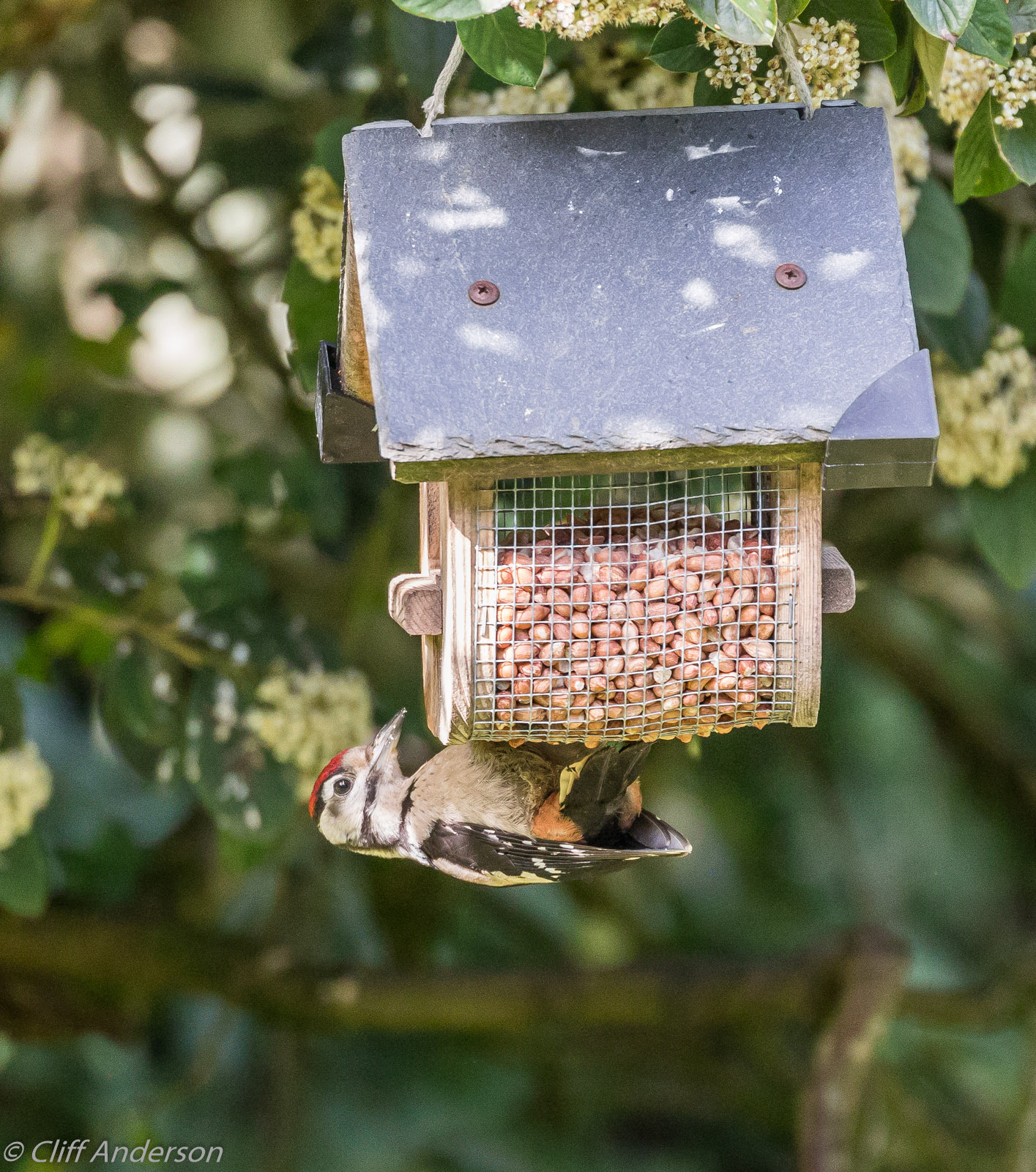





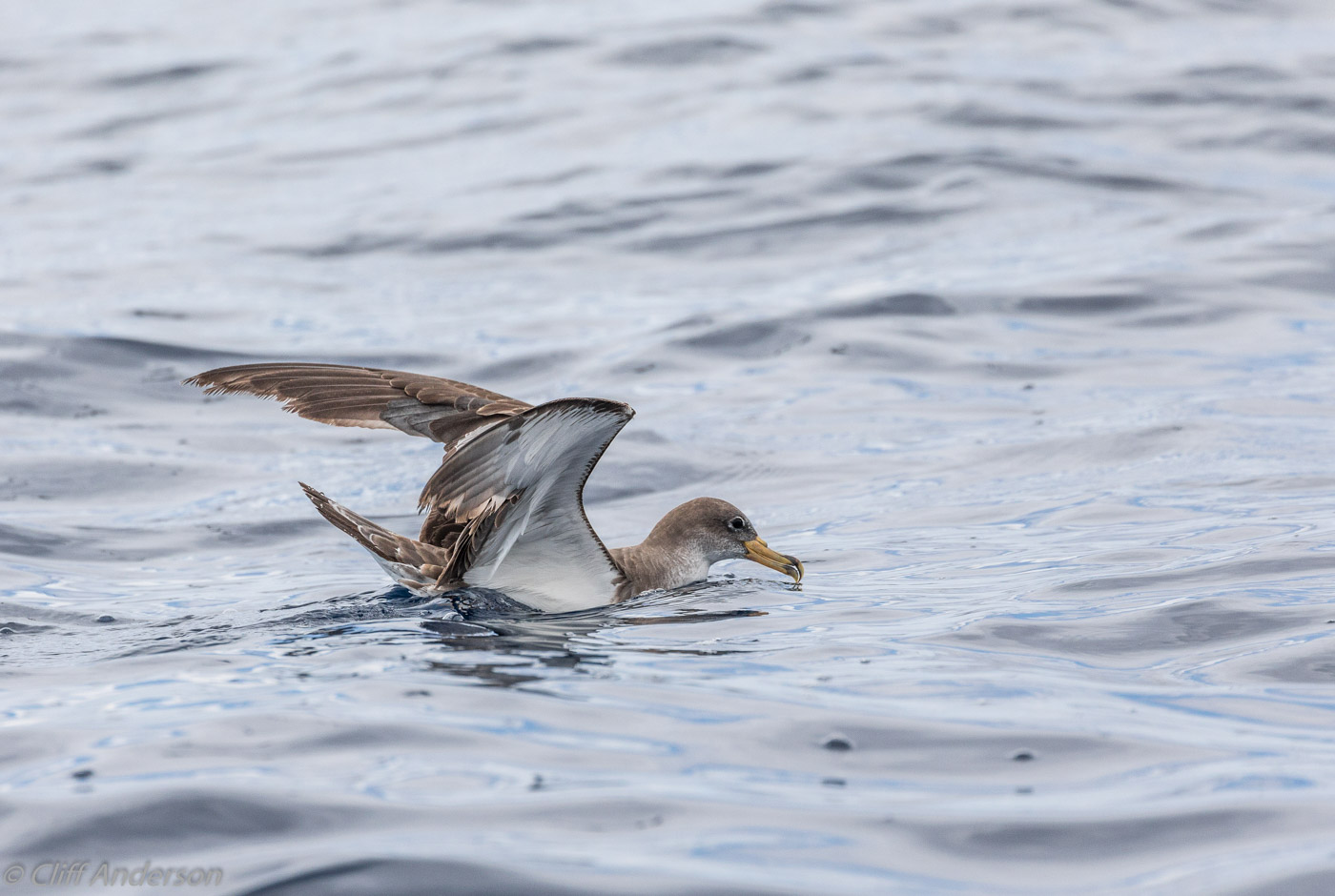

 Quite a few of the birds and animals are either species or subspecies endemic to the island or region. This is the Southern Tenerife Lizard (Gallotia galloti galloti) sun-bathing on the rocks along the coast.
Quite a few of the birds and animals are either species or subspecies endemic to the island or region. This is the Southern Tenerife Lizard (Gallotia galloti galloti) sun-bathing on the rocks along the coast.

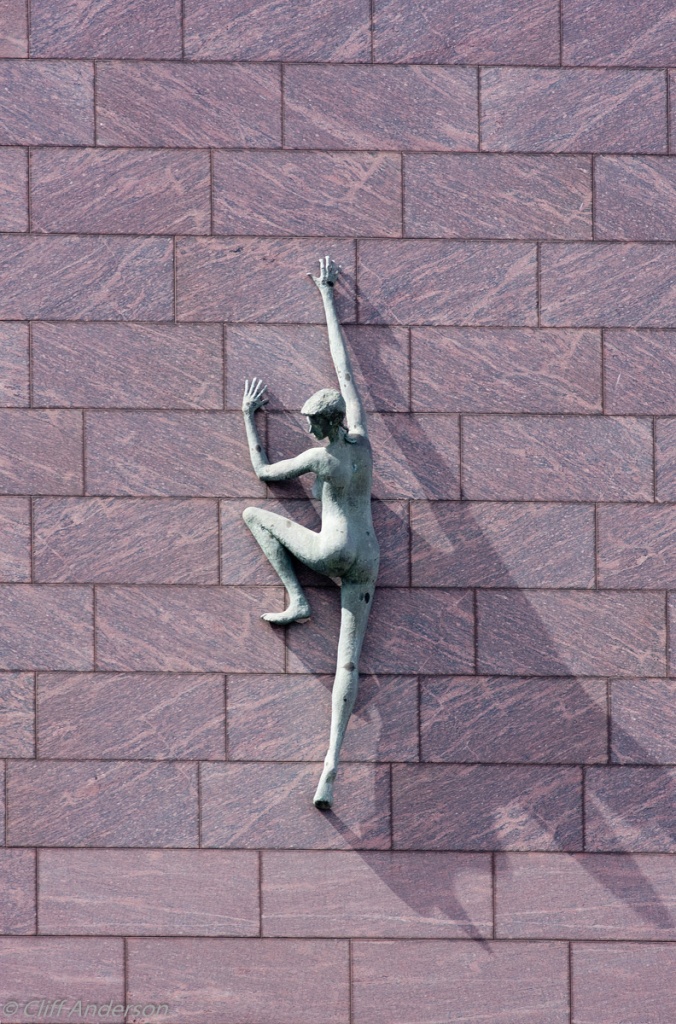 Its all too easy while walking or driving to keep your head down, eyes scanning for possible collisions, mind thinking of all sorts of things – troubles, dinner, family or just nothing. So perhaps its not surprising that we see so little of what is in plain view.
Its all too easy while walking or driving to keep your head down, eyes scanning for possible collisions, mind thinking of all sorts of things – troubles, dinner, family or just nothing. So perhaps its not surprising that we see so little of what is in plain view.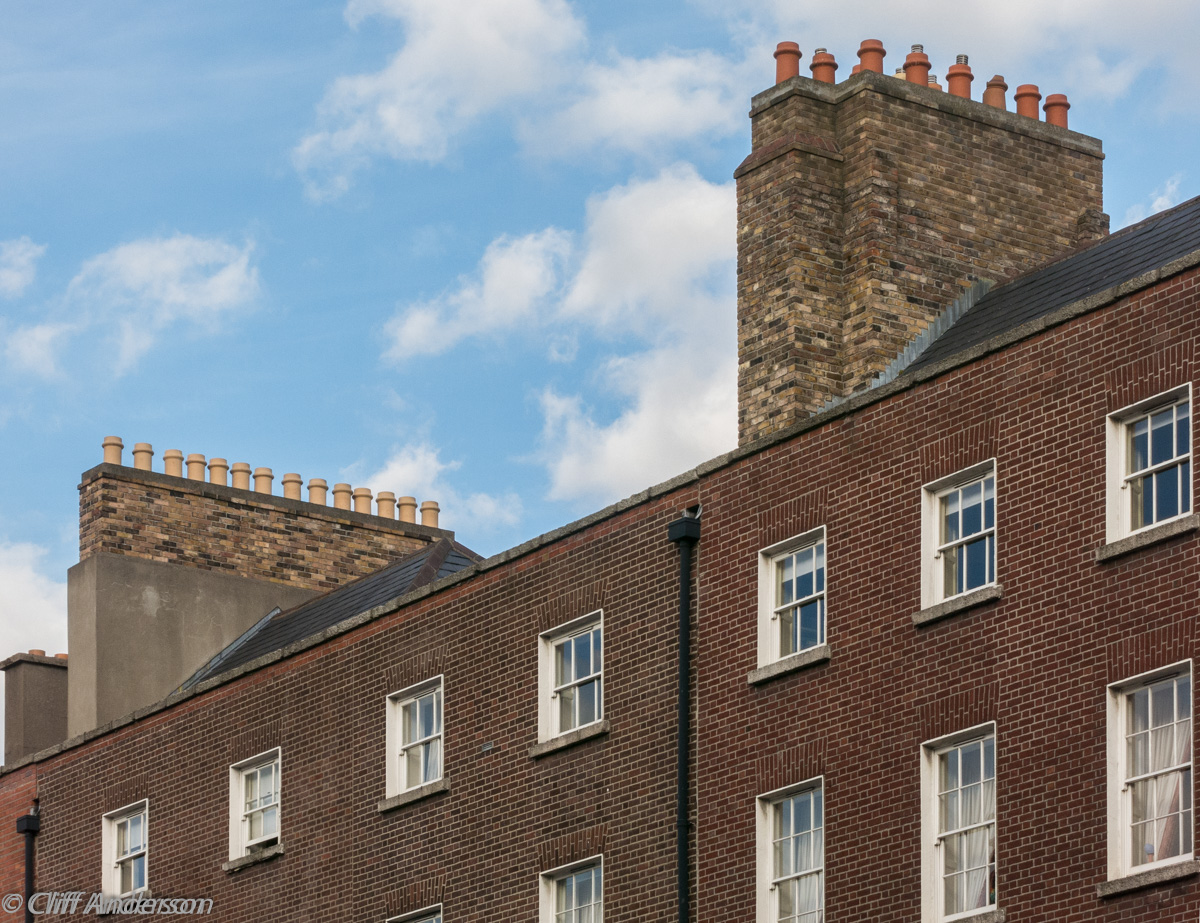
 Merrion Square is famous for its Georgian buildings with windows that get smaller towards the roof to emphasise height. But look at the battery of chimneys !
Merrion Square is famous for its Georgian buildings with windows that get smaller towards the roof to emphasise height. But look at the battery of chimneys ! This apparently is a figure of Commerce and includes an anchor!
This apparently is a figure of Commerce and includes an anchor!




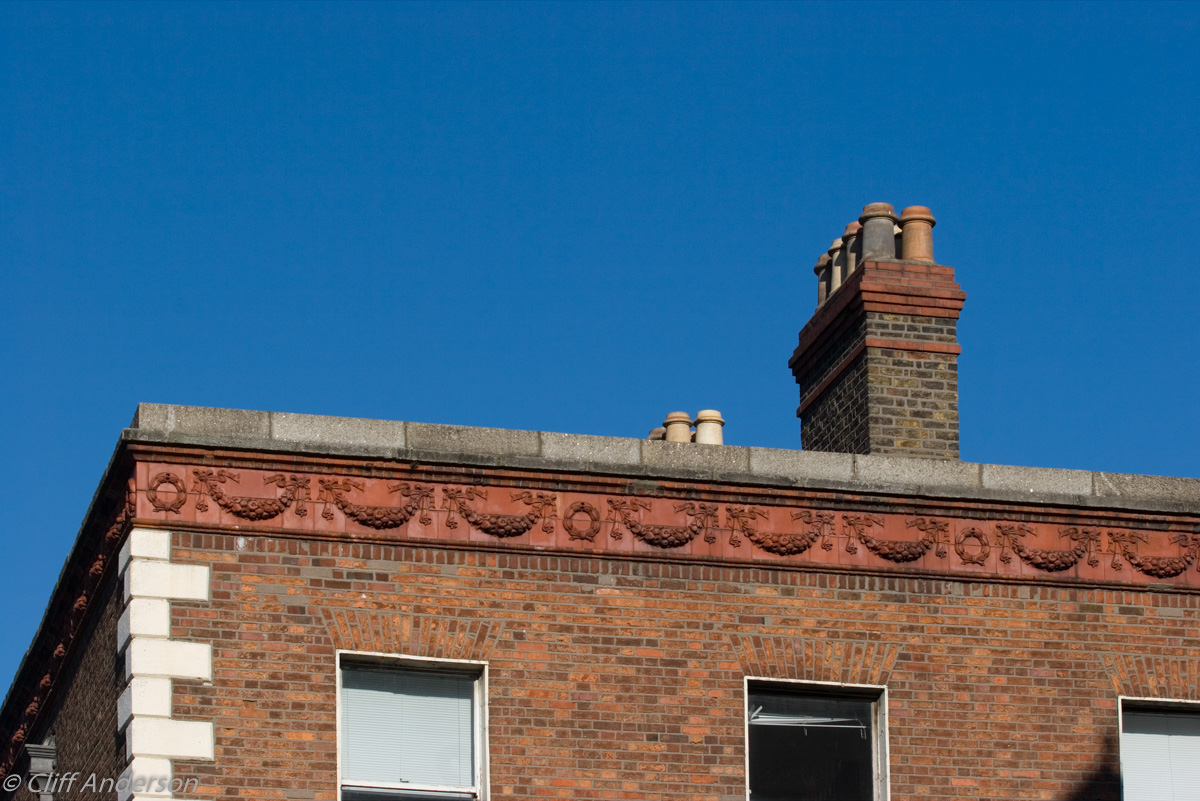

 Finally a picture of Lord Edward Street looking down to Dame Street. Not to suggest that street level should be ignored in any way – Dublin has so much of interest in our old and some of our new buildings and features – but there is often so much of interest just a tilt of the neck away 🙂
Finally a picture of Lord Edward Street looking down to Dame Street. Not to suggest that street level should be ignored in any way – Dublin has so much of interest in our old and some of our new buildings and features – but there is often so much of interest just a tilt of the neck away 🙂

 Visiting from the secret end, the first wildlife encounter may well be a pigeon. Feral pigeons know how to find feeding spots and this is a good one with some very regular patrons. They will line up on railings and take off together at the slightest hint of danger or new food, with an alarming beat of wings.
Visiting from the secret end, the first wildlife encounter may well be a pigeon. Feral pigeons know how to find feeding spots and this is a good one with some very regular patrons. They will line up on railings and take off together at the slightest hint of danger or new food, with an alarming beat of wings. However the Basin often holds some surprising bird-life such as the Hooded Merganser drake and Mandarin duck in the top picture and the Wood duck above.
However the Basin often holds some surprising bird-life such as the Hooded Merganser drake and Mandarin duck in the top picture and the Wood duck above.


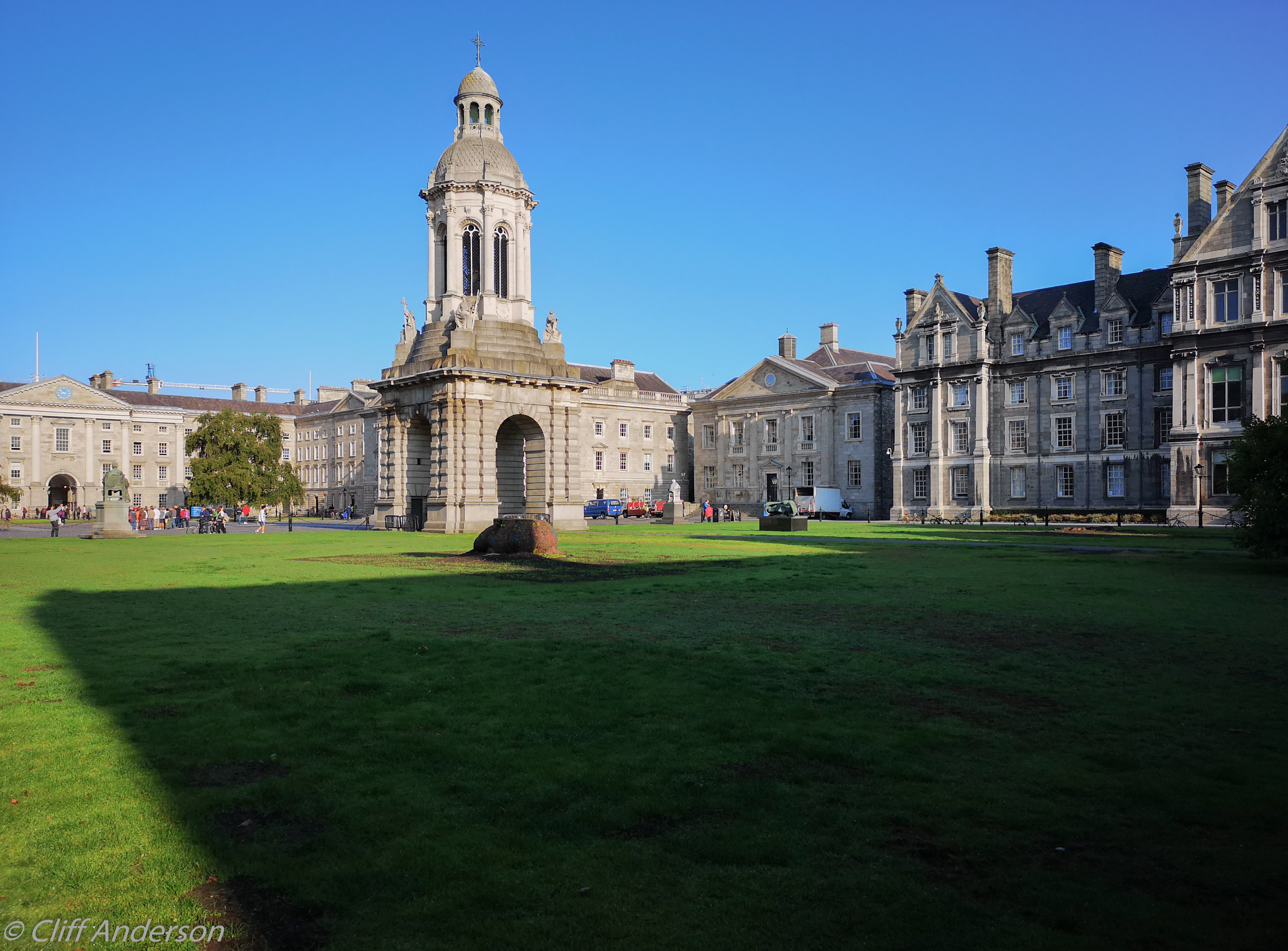
 Of course there are many more fine trees in Trinity but these were special. Firstly they were magnificent, secondly they were very old – reckoned to have watched over Trinity students for about 175 years. What history and people and events must have happened here, within bough shot!
Of course there are many more fine trees in Trinity but these were special. Firstly they were magnificent, secondly they were very old – reckoned to have watched over Trinity students for about 175 years. What history and people and events must have happened here, within bough shot!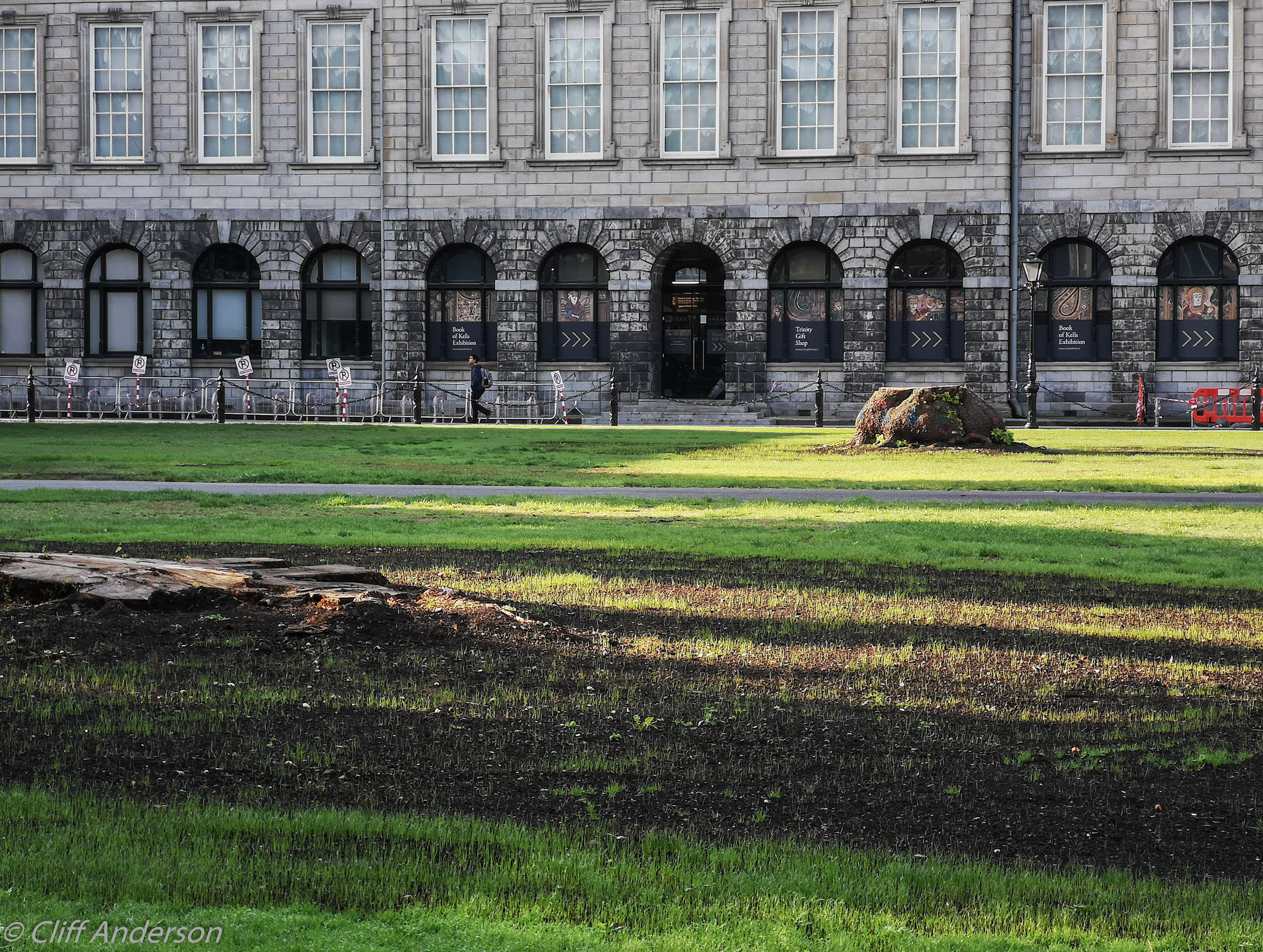

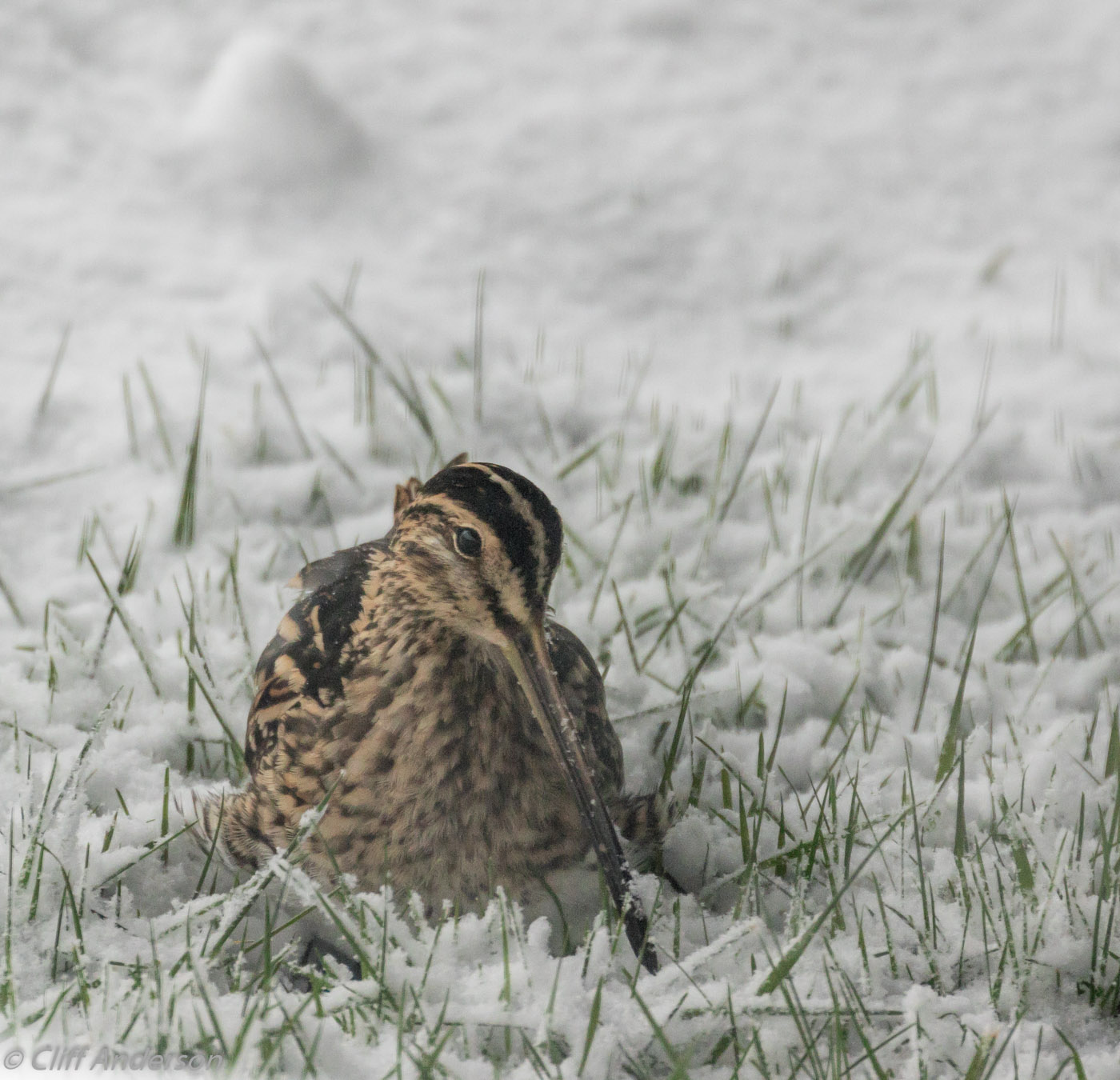
 Some of the commonest and noisiest birds are in the crow family.
Some of the commonest and noisiest birds are in the crow family.





 This is a really majestic, beautiful and fun city. The large complex Cathedral and magnificent Giralda tower in Plaza Virgen de los Reyes, together with so many other lovely buildings, could take most of your attention.
This is a really majestic, beautiful and fun city. The large complex Cathedral and magnificent Giralda tower in Plaza Virgen de los Reyes, together with so many other lovely buildings, could take most of your attention. 


 Further South still and nearer to the river, you’ll be flabbergasted by Plaza de Espana, stunning at night as much as by day!
Further South still and nearer to the river, you’ll be flabbergasted by Plaza de Espana, stunning at night as much as by day! And speaking of the river, a walk along the Guadalquivir is very relaxing with rowers and wildlife as well as other jewels including the Golden Tower and the Bull Ring, Plaza de Toros de la Maestranza.
And speaking of the river, a walk along the Guadalquivir is very relaxing with rowers and wildlife as well as other jewels including the Golden Tower and the Bull Ring, Plaza de Toros de la Maestranza.
 Beside Plaza de Espana, Maria Luisa Park is full of trees, ducks, water and offers some quiet and shade but it is very popular and busy.
Beside Plaza de Espana, Maria Luisa Park is full of trees, ducks, water and offers some quiet and shade but it is very popular and busy.


 Should the unthinkable happen and it rains, explore the interiors of Reales Alcatras and the Cathedral – even if not religious you will come away uplifted! 🙂
Should the unthinkable happen and it rains, explore the interiors of Reales Alcatras and the Cathedral – even if not religious you will come away uplifted! 🙂
